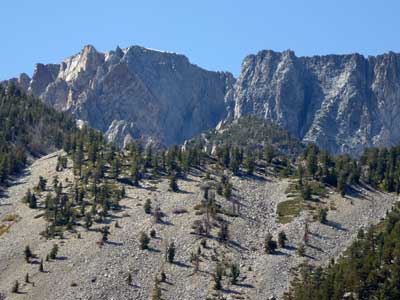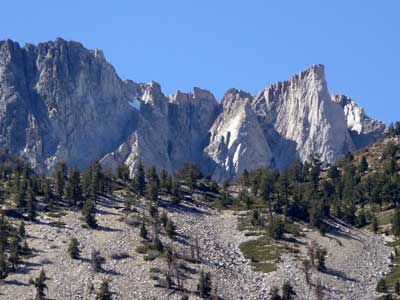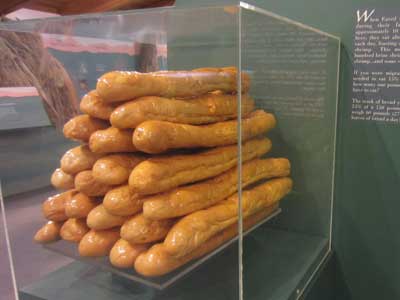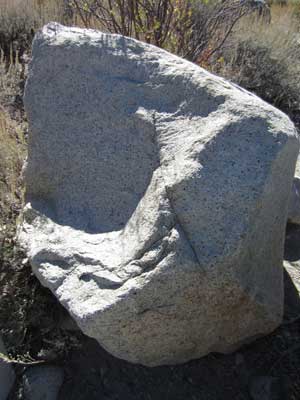YOSEMITE & MONO LAKE (Day 9 - part 4)
The final stretch of Tioga Road down to Mono Lake...










Approaching Mono Lake
We spent a bit of time wandering around the Mono Basin Scenic Area Visitor Center.


Mono Lake is fed by five streams flowing down from the Sierra Nevada (including Lee Vining Creek). Like the Great Salt Lake in Utah, no streams flow out of it (water that goes in never reaches the ocean) but evaporation (which leaves behind dissolved salt and other minerals) claims about 45 vertical inches per year.
In 1941, water was diverted to supply the city of Los Angeles. With the flow of incoming fresh water reduced, the lake began to shrink. By 1970, the city had doubled its demand, and the lake level dropped dramatically... falling as much as 45 vertical feet. This caused the lake water to double in salinity, while the creeks turned into dry washes. After nearly 3 million years in the making, humans almost destroyed it in several decades.
In 1994, to protect the lake, a water level was set... at 25 feet below its 1941 level, or where it was in 1963. Unfortunately it still has quite a ways to get to get back up there.


Tufa (Latin for porous stone) occurs when freshwater springs (calcium) bubble up through and bonds with alkaline lake water (carbonates)... forming calcium carbonate, or solid limestone. Over many years, a tower forms around the spring. When the lake level drops, the exposed tufa stops growing.





Mono Lake is 2.5 times saltier than the ocean and 100 times as alkaline. Fish can't live here and the water is much denser than fresh water or the ocean. Water birds float so high they have a hard time keeping their feet in the water as they paddle.

Taken of the same spot, these photos show how much the lake as receded: (clockwise) 1962, 1968, 1995, 2008. It's current average depth is about 50 feet. It's deepest point is 150 feet.


Giant models of brine shrimp ... and alkali fly larva. Both are important sources of food for the many birds in the area.


A tank filled with brine shrimp


When Eared Grebes arrive during their fall migration, they weigh about 10 ounces. They then eat 15% of their bodyweight every day, in brine shrimp and alkali flies. If you weighed 150 pounds, could you eat this much bread per day??




A Kuzedika hut. The Kuzedika (meaning fly pupae eaters) are part of the Paiute nation and lived in this area since about 1300. They would trade with the Miwok of Yosemite.


Gold mining boom towns sprang up in the basin with names such as Dog Town, Monoville and Bodie.

Bighorn sheep used to fill the Eastern Sierra's high peaks, but hunting by early settlers and diseases carried by domestic sheep sharply reduced their numbers. They're now listed as an endangered species.


Obsidian (quickly cooled volcanic glass) ... pumice (highly porous obsidian with bubbles)


Rhyolite (slowly cooled lava) ... granite (rock that cooled very very slowly deep beneath the earth's surface)
return • continue

